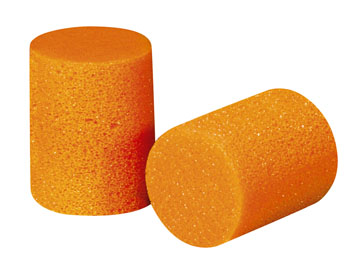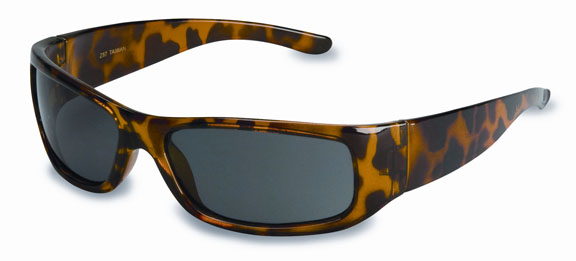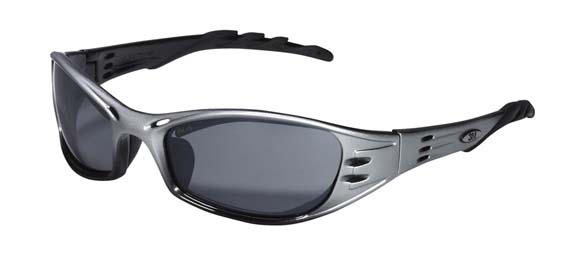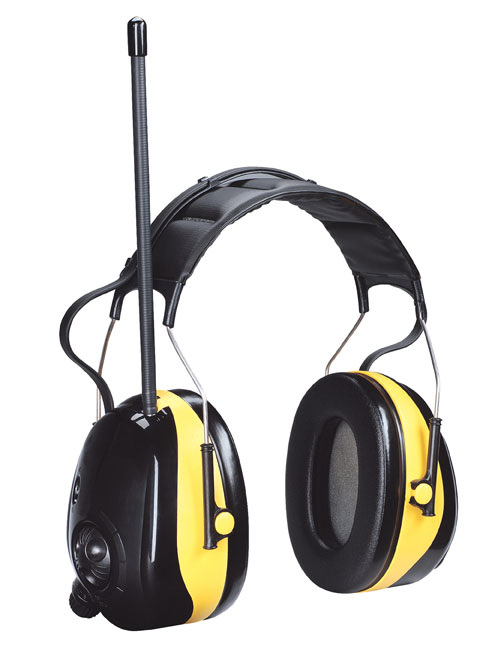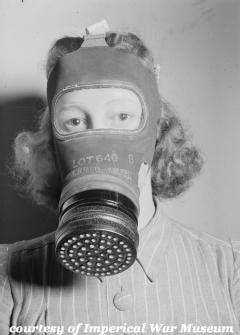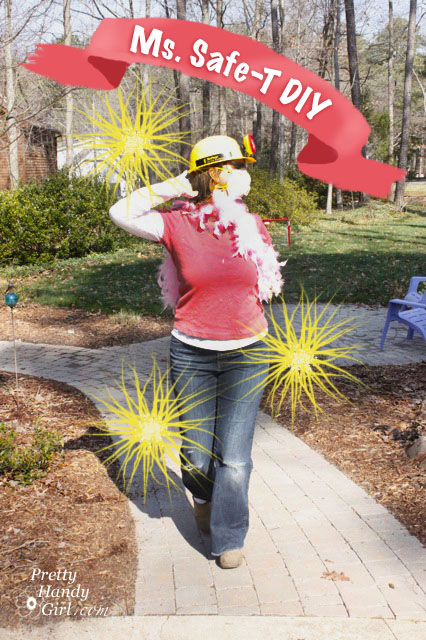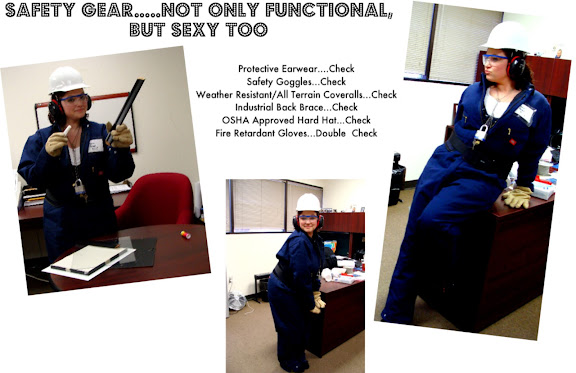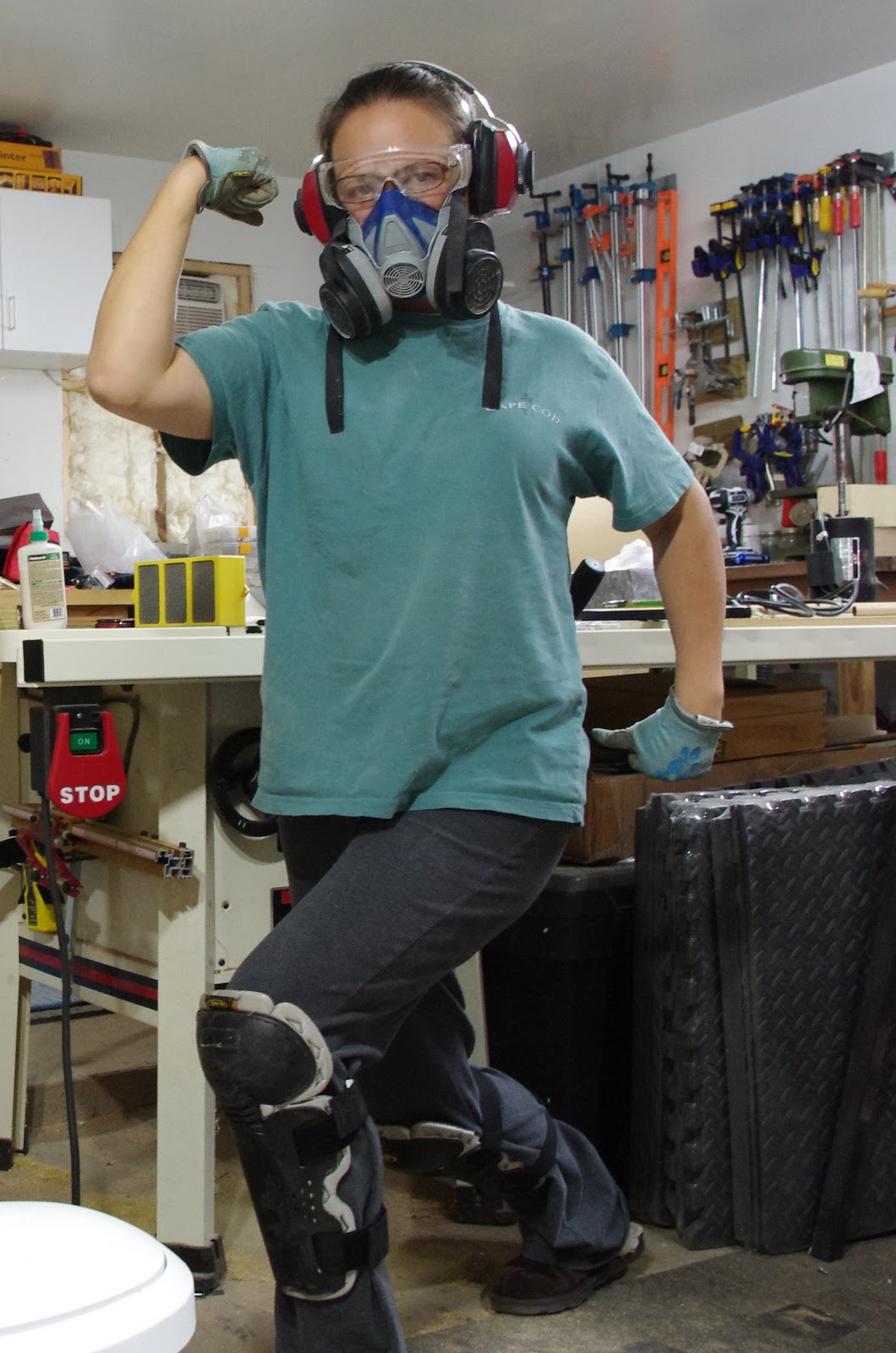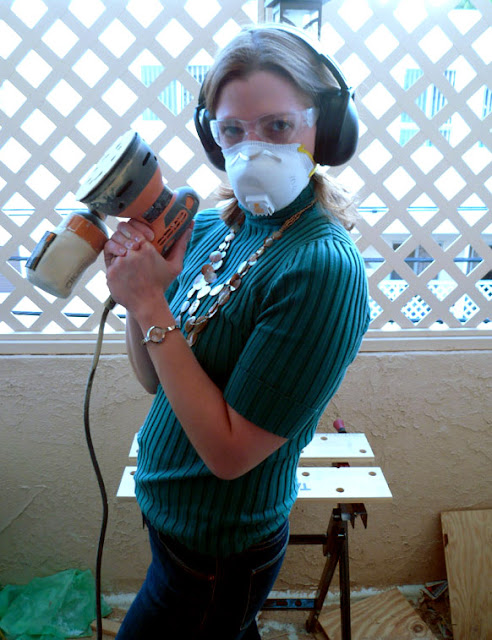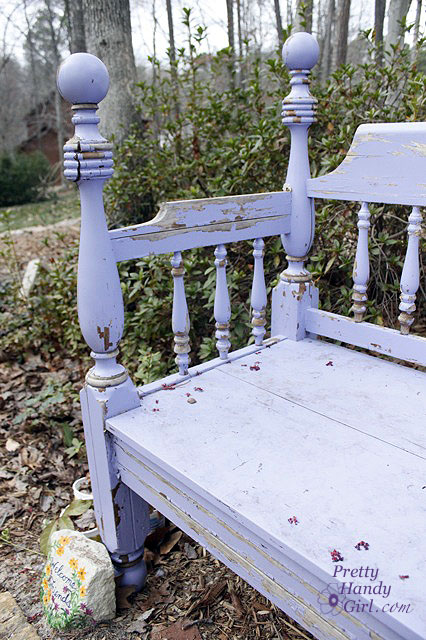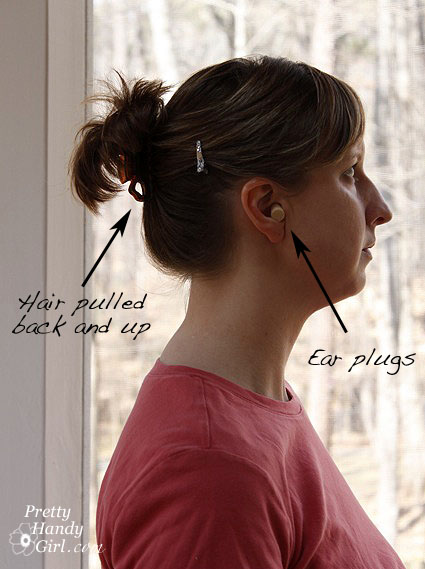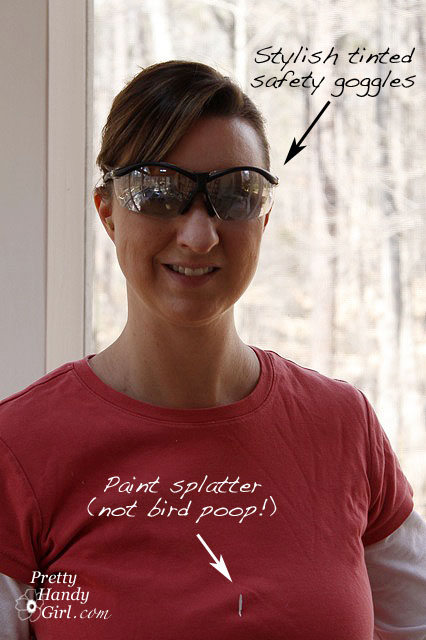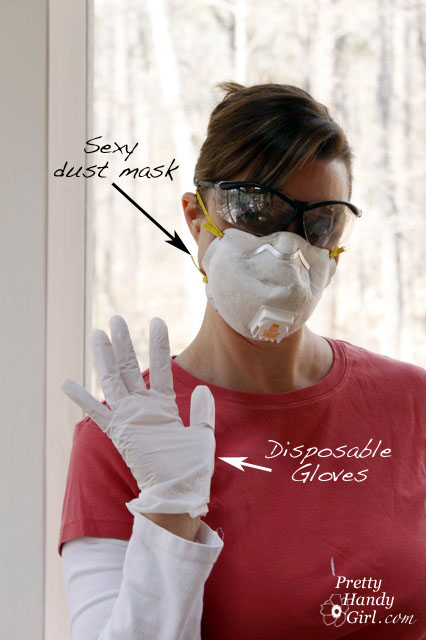
I had the pleasure of talking to Meri-K Appy the other day. She is the president of the Home Safety Council and has over 30 years experience talking about home safety. Meri-K has a wealth of knowledge about preventing injuries while working on and around your home.
I recorded my talk with her and hope you will take some time to listen. It is very valuable information! Feel free to put the audio on and then do something else while you listen.
You may also want to take some time to browse the Home Safety Council website. The site is filled with loads of information about how to keep you and your family safety (not just during DIY projects.)
Cliff Notes:
I took some notes during the talk. These sum up some of the important information:
There are 3 Parts of the Body that are Most Important to Protect:
1. Eyes (Vision) – Wear safety goggles when doing any type of DIY project
No need to look like Professor Scientist! You can wear eye protection that is fashionable and comfortable!
When should you wear eye protection?
a. Using Power Tools
b. Mowing the Lawn
c. Sanding, cutting glass
d. Any activity where objects can become airborne
2. Ears (Hearing) – About 30 million people are exposed to dangerously high levels of noise. Anything over 85 decibels can damage your hearing.
Some examples of common decibel levels:
-
- City Traffic Noise (inside a car) – 85db
- Lawn Mower – 107db
- Power Saw – 110db
- Rock Concert – 115 db
When should you wear ear protections?
Ear protection should be worn anytime you are participating in an activity that has loud noise. Even noises that don’t seem excessively loud can cause hearing loss when sustained exposure occurs.
Ear protection is cheap! Foam inserts cost only a few bucks and will protect your hearing.
For better protection and comfort, use ear muff style ear protectors. Check out these! They have a am/fm radio built into them. So you can rock out (at a safe decibel level) while working on your projects.
Be aware, that one danger while wearing hearing protection is not being able to hear a child come up to you. So make sure your children are being attended to when you need to use power tools and hearing protection.
3. Lungs (Breathing) – Great care should be taken when working with anything that has dust or chemical particulates.
-
- Some examples of when you should wear a mask or respirator:
- Sanding
- Scraping
- Spray Painting
- Using Chemicals
- Disturbing anything that contains lead, asbestos or other potentially dangerous particles
You’ve seen the scary chemical warfare respirators:
You don’t have to wear that fashion for home repairs (unless you are working around lead or asbestos.)
Protection can be as simple as this dust mask:
Better yet, 3M has a cool flow valve dust mask for a few dollars more that is more comfortable and less hot:
Test lead paint in your home with these easy to use Lead Check testers:
Top Causes of Home Improvement Injuries:
- Falling from a height (beyond broken bones you could receive head trauma)
- Harsh chemicals and poisons (Using and not following the warning labels)
- Electricity (electrocution and/or fire if wiring is done improperly)
- Power tool injuries (cuts, burns, lacerations, etc.)
- Fatigue (tired, using medications, or controlled substances)
- Poor Lighting (Unable to see what you are working on.)
Home improvement Injuries are Completely Preventable:
- Be sure to 3 points of contact on ladders ( i.e. one hand and two feet on a ladder at all times.)
- Always read labels and follow directions (ventilation, safety gear, disposal, etc.)
- Electricity (hire a licensed professional if you are unfamiliar with building codes and wiring safety.)
- Get trained on how to use power tools (don’t trust an instructor that isn’t wearing proper safety gear.)
- Be alert, awake, healthy, and not taking any substances that can impair you when DIYing.
- Work in a well lit area.
- Consider hiring a professional for lead paint remediation, plumbing, electrical or any profession that requires a license.
Important Websites and Phone Number:
If you ever have any questions about lead in your home and how to deal with it:
National Lead Information Center: 1-800-424-LEAD(5323)
If you have any questions about the presence of lead, asbestos or radon in you home, contact the EPA or go to their website for more information. These organizations have been set up to protect your health. Not to make your life more difficult!
National Center for Healthy Housing
More information about 3M safety gear and where you can get your own:

Disclosure: Meri-K Appy and Pretty Handy Girl are not paid sponsors of 3M. However, 3M made a donation to the Home Safety Council to fund more research and development preventing injuries.
Some of the images above are linked to affiliate links which pay a very small percentage to Pretty Handy Girl. Other images simply link to online stores where you can purchase the product for your convenience.

